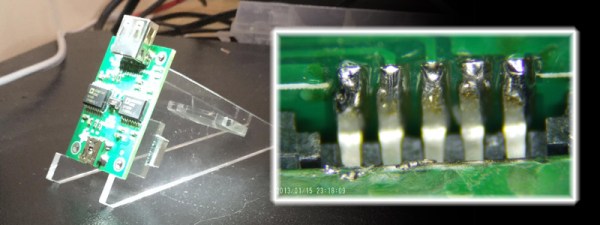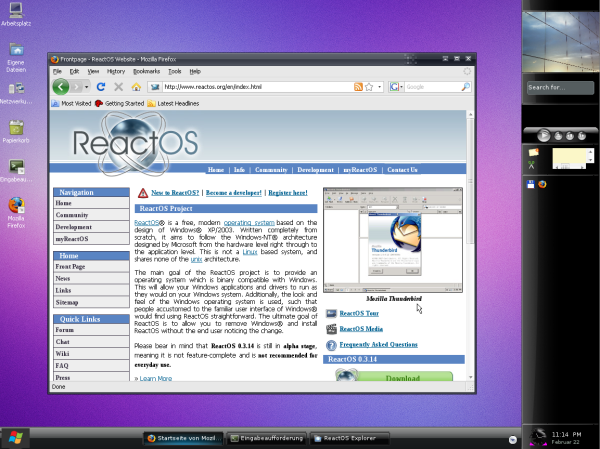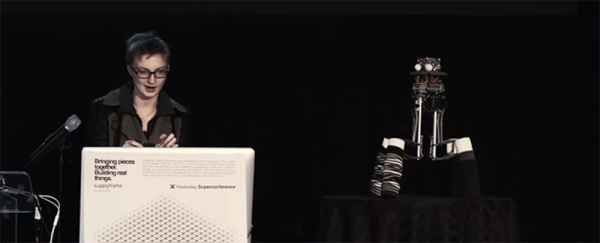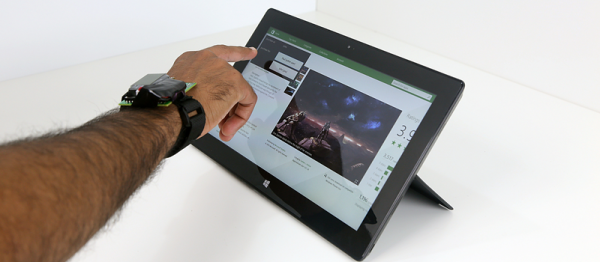As time marches on, so does the need to have the right tools to deal with the ever increasing popularity of SMD components. Ok. Maybe “popularity” isn’t the best word choice, as there are plenty of people out there that prefer through-hole components for ease of prototyping. But, whether you like it or not, you’ll eventually need to deal with SMDs.
One of the problems with smaller packages is that with such small pins, their solder joints are difficult to inspect with the naked eye. A lighted magnifying lamp will only let you see so much. You can switch to a jeweler’s loupe for a quite a bit more magnification if you like – but nothing beats a microscope on your workbench. Unfortunately, unless you’re willing to spend the price of a used car on a microscope, the limited depth-of-field (DOF) can be a concern. It’s often handy to hold the PCB and move it around at different angles to get a good view of the solder pad fillets. But then you’re fighting the a very small DOF, and the steadiness of your hands.
[Tom Keddie] came up with this super simple hack – it’s nothing more then an angled PCB holder. It allows you to view your PCB at 30 or 60 degrees. Sometimes it’s the simple things in life that make your work that much more enjoyable. You can find the source files on github. And have a gander at our overview article if you’re thinking of getting your feet wet with SMDs.
[via Dangerous Prototypes]


















